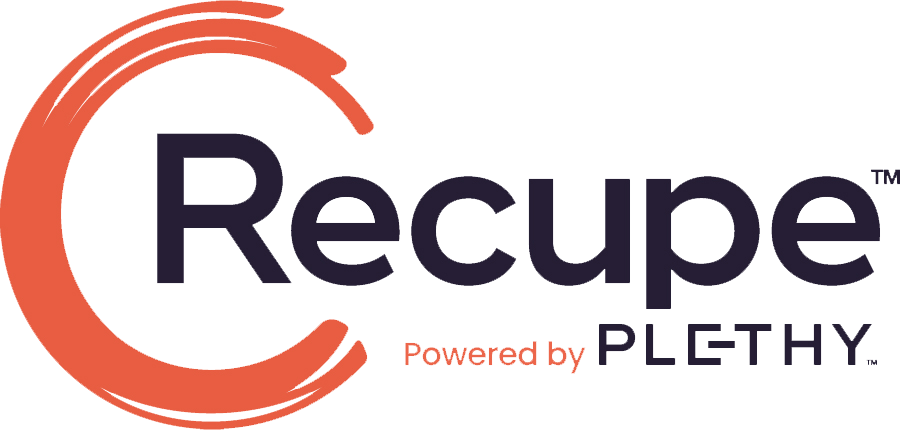WORKERS' COMP THOUGHT LEADERSHIP SERIES
Simple Ideas for a Complex System
Presented by


Addressing the Crisis: Shortage of Workers’ Compensation Claims Examiners
by Bill Zachry, SCIF Board Member
The workers’ compensation industry faces a daunting challenge: a severe shortage of qualified claims examiners. This crisis threatens to inflate costs, delay crucial benefit decisions, and undermine the quality of claims management. By understanding the root causes and implementing proactive solutions, industry leaders can navigate this turbulent landscape and safeguard the integrity of the workers’ compensation system.
Impact of Examiner Shortage:
The shortage of skilled claims examiners is not merely a staffing issue; it’s a catalyst for escalating costs and diminishing efficiency across the claims management process. With inadequate staffing levels and high turnover rates, claims processing becomes sluggish, and essential decisions are delayed. This bottleneck results in increased lost costs and administrative expenses, estimated to rise by 10% to 20%.
Moreover, as overwhelmed examiners struggle to cope with mounting caseloads, the industry witnesses a subtle yet consequential shift in costs, with expenses being shifted from ULAE to medical and ALAE categories as vendors and attorneys are pressed into service to fill the examiner’s role.
Talent Gap:
The workforce demographics paint a grim picture, with a substantial portion of experienced claims professionals set to retire in the coming years. Compounding this issue is the pandemic-induced disruption to recruitment efforts, exacerbating the already daunting task of filling an estimated 400,000 positions. The impending exodus of seasoned professionals, coupled with a dearth of new talent, paints a bleak picture of the industry’s future unless proactive measures are taken to reverse this trend.
Skills Gap:
Reflecting on past hiring practices reveals a persistent issue: the promotion of clerical staff without adequate training to fill the void left by previous turnovers. While this strategy may have provided short- term relief, the long-term consequences are clear: a generation of claims professionals lacking the technical (and managerial) acumen and expertise necessary to navigate the complexities of modern claims management. As these individuals ascend the ranks, their deficiencies in training and skill become increasingly apparent, perpetuating a cycle of mediocrity that undermines the industry’s effectiveness.
Cost of Claims Transfer:
The ripple effects of examiner turnover extend beyond mere staffing challenges, manifesting in increased operational dysfunction and inflated claims costs. File re-assignments, often triggered by examiner attrition, disrupt the continuity of claim management, lead to delays in decision-making and suboptimal outcomes for injured workers. Critical aspects of claim management, such as the development treatment, and return-to-work plans, as well as litigation management, suffer in the absence of continuity, resulting in diminished effectiveness and mounting costs.
Industry-Wide Impact:
The shortage of skilled claims examiners reverberates throughout the entire industry, affecting self-administered self-insured companies, third-party administrators (TPAs), and insurers alike. The widespread nature of this shortage complicates matters for employers seeking to switch providers in search of better claims adjusters, exacerbating an already dire situation.
Employer Role:
Employers wield significant influence over claims management outcomes, yet their actions often inadvertently exacerbate the turnover of claims files and examiners. By failing to prioritize timely claims reporting, implementing robust pre-placement screening processes, or providing adequate support and resources for injured workers, employers inadvertently increase the workload and stress on claims examiners, contributing to burnout and turnover.
Navigating the current landscape of the workers’ compensation industry demands decisive action and strategic foresight from industry leaders. By addressing the root causes of the examiner shortage, implementing comprehensive training programs, and fostering a culture of continuity and support, stakeholders can mitigate the impact of this crisis and ensure the continued efficacy and integrity of the workers’ compensation system for years to come. Failure to act risks not only financial repercussions but also undermines the fundamental mission of providing timely and equitable support for injured workers.
Practical Solutions
Employer Education:
Educating employers on proactive measures can foster a collaborative approach to claims management. By providing guidance on prompt claims reporting, offering light and modified duty assignments, and maintaining regular communication with injured workers during disability, employers can streamline the claims process and reduce examiner workload.
Technological Integration:
The integration of advanced technologies, such as artificial intelligence and machine learning, can revolutionize claims management by automating routine administrative tasks. By leveraging automation for tasks with low exposure, such as claims documentation and data entry, organizations can free up examiners to focus on core claim management functions, thereby increasing efficiency and reducing examiner workload.
Delegation Optimization:
Identifying supervisors and managers who struggle with delegating authority is crucial for optimizing task distribution within claims departments. By removing tasks requiring delegation from their responsibility and ensuring clear communication channels, organizations can streamline operations and empower examiners to effectively manage their caseloads.
Caseload Management:
Maintaining reasonable caseloads is essential for preventing examiner burnout and ensuring quality outcomes in claims management.
Organizations should carefully assess caseloads based on examiner skill levels and jurisdictional requirements, providing examiners with sufficient time to conduct thorough claim analysis and decision- making.
Training Programs:
Investing in comprehensive training programs for internal promotion candidates is vital for developing a skilled workforce of claims examiners. Organizations should prioritize formal education and skill development for aspiring examiners, equipping them with the knowledge and expertise needed to succeed in their roles.
Contingency Planning:
Developing contingency plans to address staffing attrition is critical for maintaining operational continuity in claims departments. By anticipating instances of staff turnover and establishing clear protocols for redistributing workload and responsibilities, organizations can minimize disruptions and ensure continued service delivery.
Salary Administration:
Effective salary administration is key to retaining quality claims staff and reducing turnover. Organizations should regularly monitor and adjust salary structures to remain competitive in the market, recognizing the direct correlation between adequate compensation and employee retention.
Performance-Based Caseloads:
Tailoring caseloads to individual examiner skill levels is essential for optimizing productivity and performance. New examiners should be gradually introduced to caseloads, with careful consideration given to their experience and training needs, to facilitate skill development and prevent overwhelm.
Anticipatory Growth Planning:
Proactive planning for projected company growth is essential for ensuring that trained staff are in place when needed. Organizations should assess staffing needs based on anticipated growth trajectories and invest in recruitment and training initiatives to meet future demands.
Transparent Communication:
Maintaining transparent communication with claim staff regarding staffing strategies and contingency plans is vital for fostering a sense of stability and support within the organization. By keeping employees informed and engaged, organizations can mitigate anxiety and minimize the impact of staffing shortages on morale and productivity.
Conclusion:
In conclusion, addressing the shortage of skilled workers’ compensation claims examiners requires a multifaceted approach that prioritizes proactive measures and strategic initiatives. By implementing these key recommendations and fostering a culture of innovation and adaptability, organizations can navigate the examiner shortage with resilience and ensure the continued delivery of high- quality services to injured workers.



